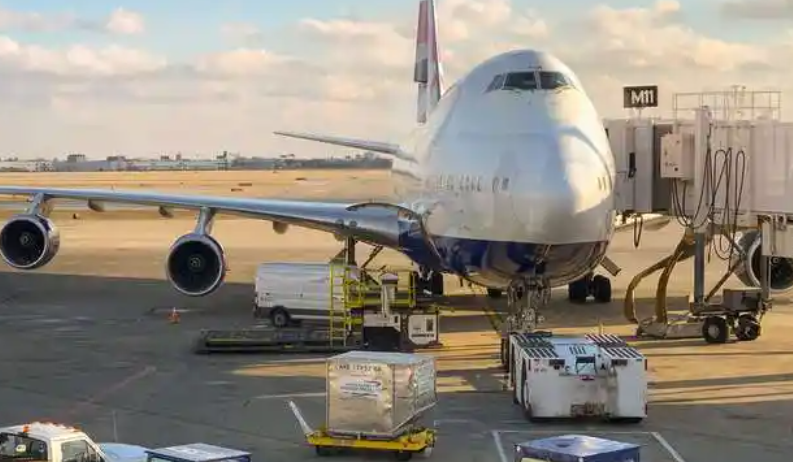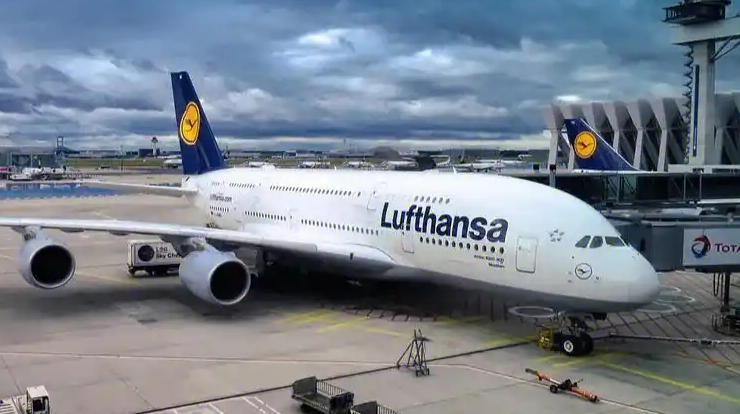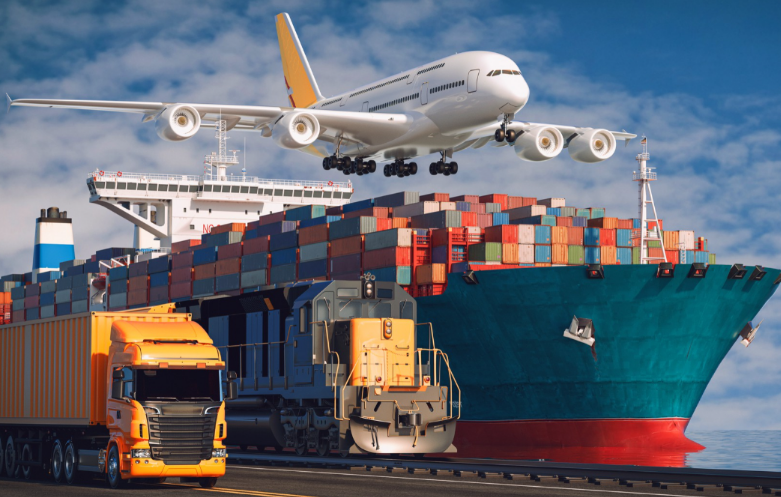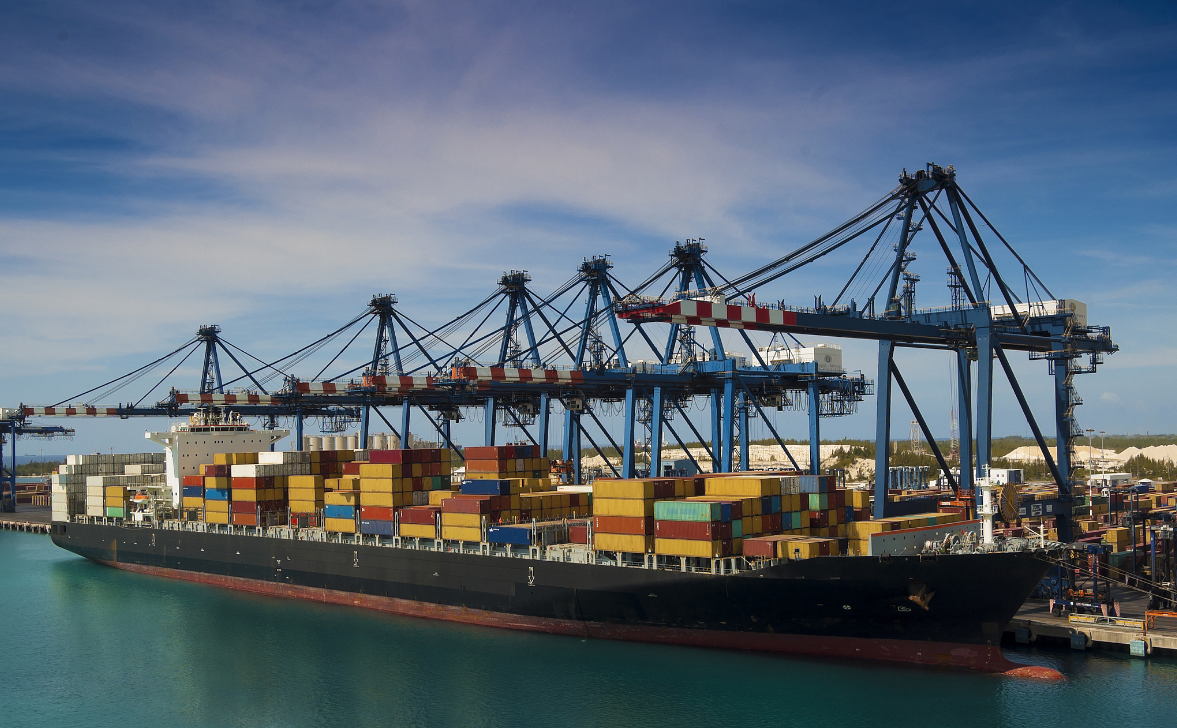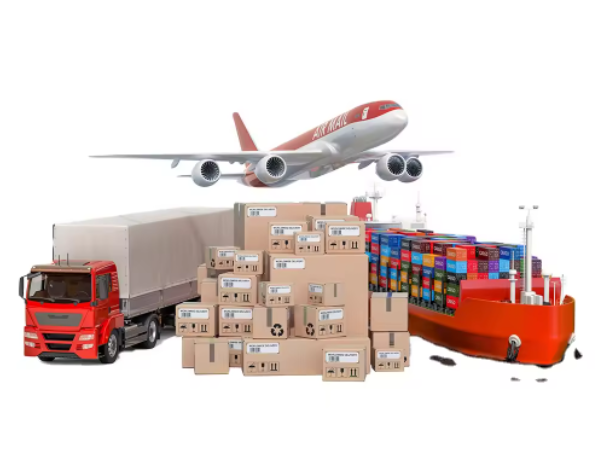Sea Freight LCL Shipping of Textiles to Dubai: A Consolidated Shipping Process
Introduction:
The textile industry is one of the most significant sectors in global trade, and Dubai, as a major trade hub in the Middle East, attracts numerous textile shipments. When shipping textiles to Dubai in small quantities, consolidated shipping or LCL (Less than Container Load) becomes a viable option. This article outlines the consolidated
shipping process for textile products to Dubai.
Step 1: Preparation of Shipment
The first step involves preparing the textile goods for shipment. Ensure that the products are properly packaged and labeled for transportation. Consider factors like moisture control, shrink resistance, and protection from dust and other contaminants.
Step 2: Booking the LCL Shipment
Contact a reliable freight forwarder or shipping company to book your LCL shipment. Provide them with details of your shipment such as the type of textiles, quantity, and expected departure date.
Step 3: Pre-Shipment Inspection
Before loading the textiles into the container, a pre-shipment inspection may be required. This ensures that the quality of the goods meets the standards set by the recipient country.
Step 4: Loading and Consolidation
The textiles will be loaded into a container along with other shippers' goods, forming a consolidated shipment. The process of loading should be done carefully to ensure safe transportation.
Step 5: Customs Clearance and Documentation
Proper documentation and
customs clearance are essential for smooth shipping. Prepare the necessary documents like invoices, packing lists, and certificates of origin. The freight forwarder will guide you through the
customs clearance process.
Step 6: Sea Transportation to Dubai
The consolidated shipment will be loaded onto a vessel and transported to Dubai via the chosen shipping route. Track your shipment to stay updated on its progress.
Step 7: Arrival in Dubai and Customs Clearance
Once the shipment arrives in Dubai,
customs clearance will be conducted by the local authorities. Provide all necessary documents to facilitate the process.
Step 8: Delivery of Goods
After
customs clearance, the textiles will be delivered to the designated location. Ensure that you have arranged for the pick-up of the goods from the port or warehouse.
Conclusion:
Shipping textiles to Dubai via consolidated shipping provides a cost-effective solution for small-volume shipments. It is important to choose a reliable freight forwarder and follow the steps outlined above to ensure a smooth and efficient
shipping process.
 en
en 
